What you have is a gated oscillator: the output will feed back the input, which changes the output state (after a time), and it does this over and over until the other AND input is brought low. This is a useful circuit for some purposes (like PLLs or clock generators) but as a logic element it doesn’t make sense.
Digital simulators will show this behavior if they model gate delays, with the frequency being determined by the gate unit delays. An analog sim will show this oscillation (try it in Falstad for example.)
This oscillation comes up with a circuit commonly referred to as a ‘JK flip flop’ that is actually a JK latch: when both J and K inputs are high, it oscillates when the ‘clock’ (actually enable) is high. More about this here: JK latch, possible Ben Eater error?
